8 products
-
Valencia Pride Mango Fruit Tree, Mangifera indica

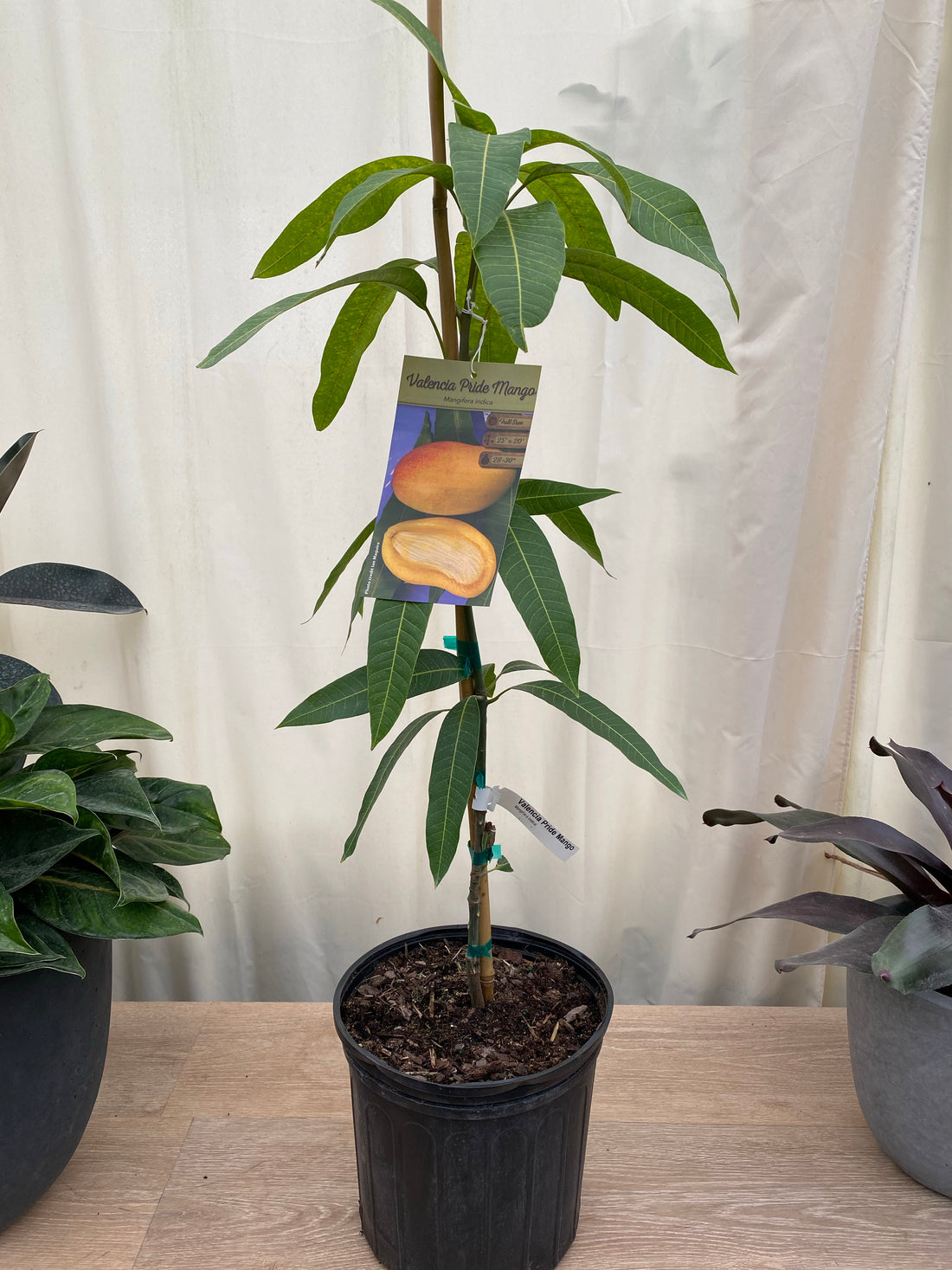 Valencia Pride Mango Fruit Tree, Mangifera indicaFruit Tree Valencia
Valencia Pride Mango Fruit Tree, Mangifera indicaFruit Tree Valencia- Regular price
-
$129.00 $695.00 - Regular price
-
$129.00 - Sale price
-
$129.00 $695.00
-
Carrie Mango Fruit Tree, Mangifera indica
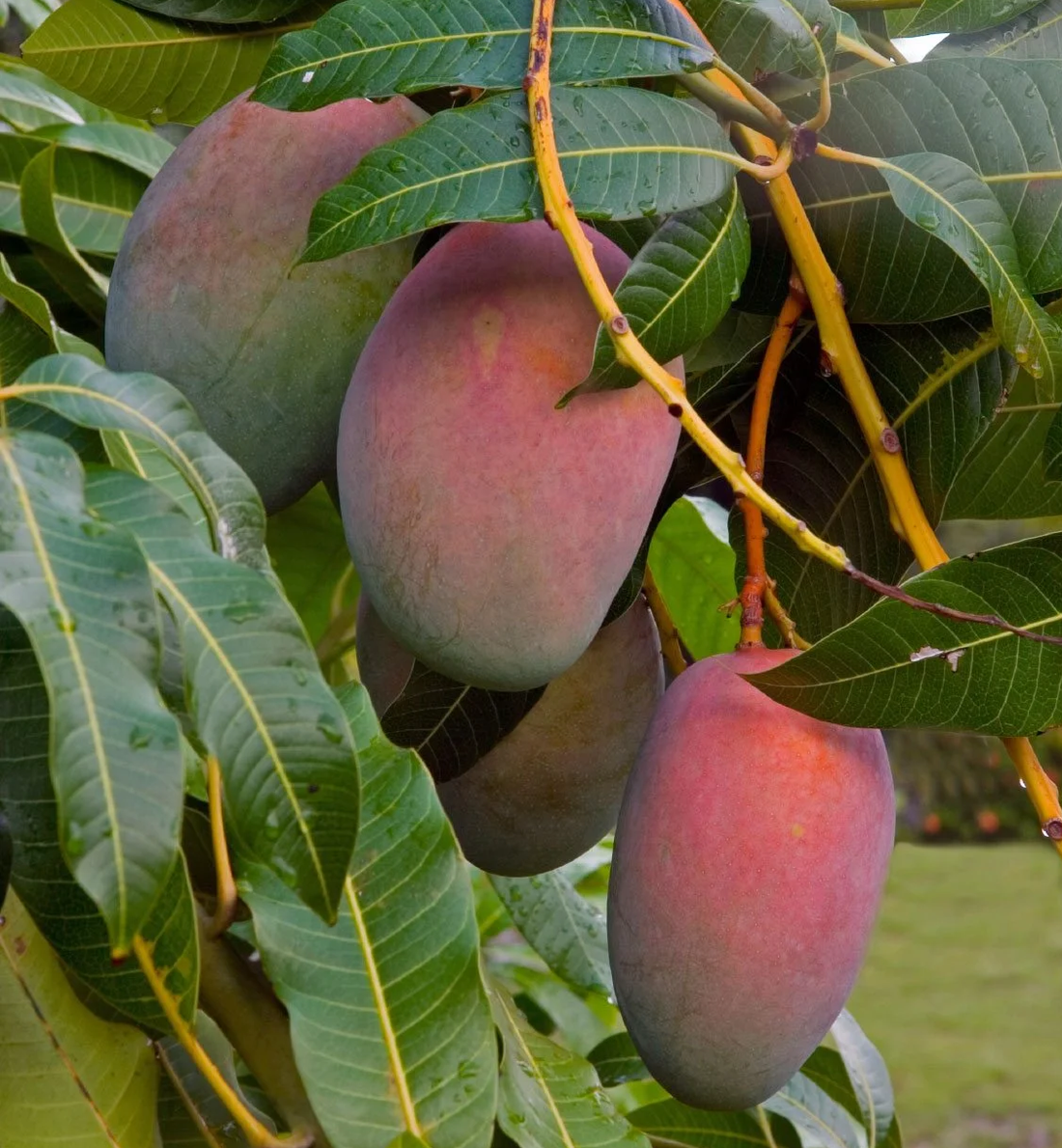
 Carrie Mango Fruit Tree, Mangifera indicaFruit Trees
Carrie Mango Fruit Tree, Mangifera indicaFruit Trees- Regular price
-
$129.00 $675.00 - Regular price
-
$129.00 - Sale price
-
$129.00 $675.00
-
Mallika Mango Fruit Tree, Grafted
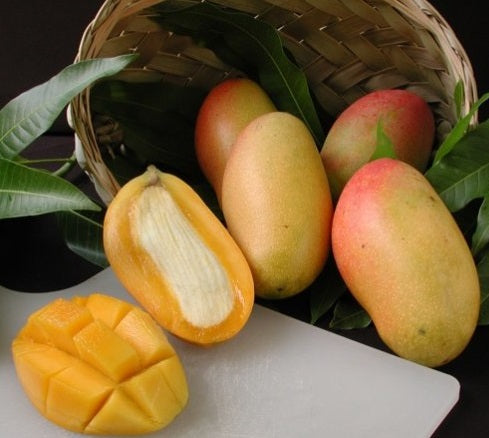
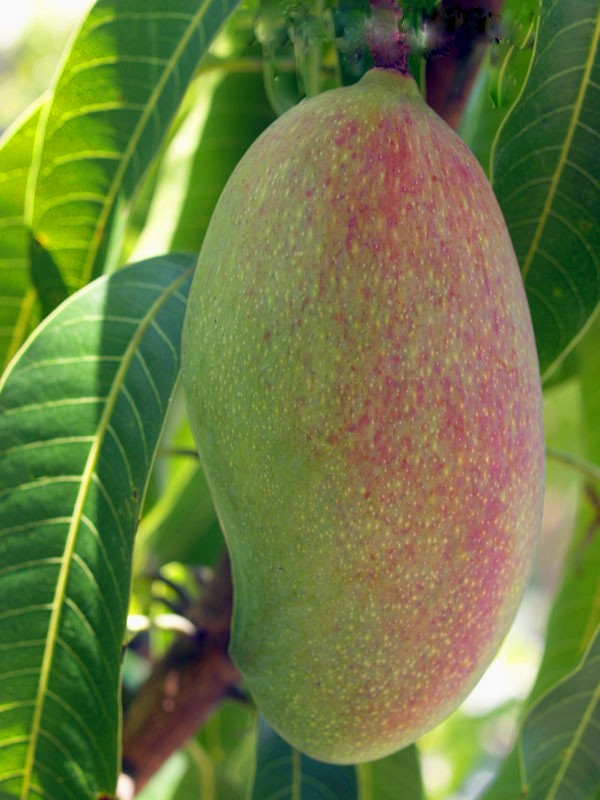 Mallika Mango Fruit Tree, GraftedHouse Plants
Mallika Mango Fruit Tree, GraftedHouse Plants- Regular price
-
From
$129.00 - Regular price
-
$149.00 - Sale price
-
From
$129.00
-
Tebow Mango Fruit Tree, Grafted
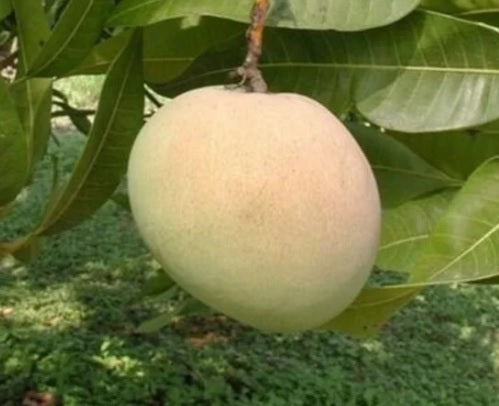
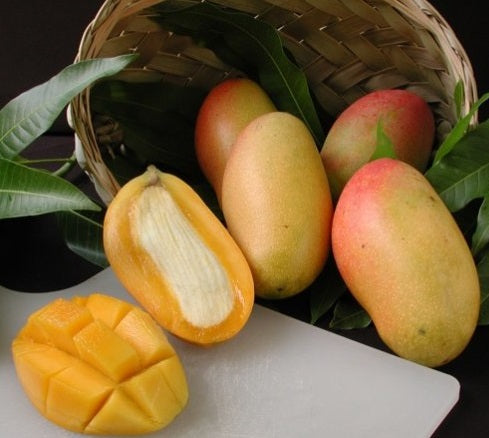 Tebow Mango Fruit Tree, GraftedFruit Trees
Tebow Mango Fruit Tree, GraftedFruit Trees- Regular price
-
$129.00 $375.00 - Regular price
-
$129.00 - Sale price
-
$129.00 $375.00
-
Glenn Mango Fruit Tree, Mangifera indica
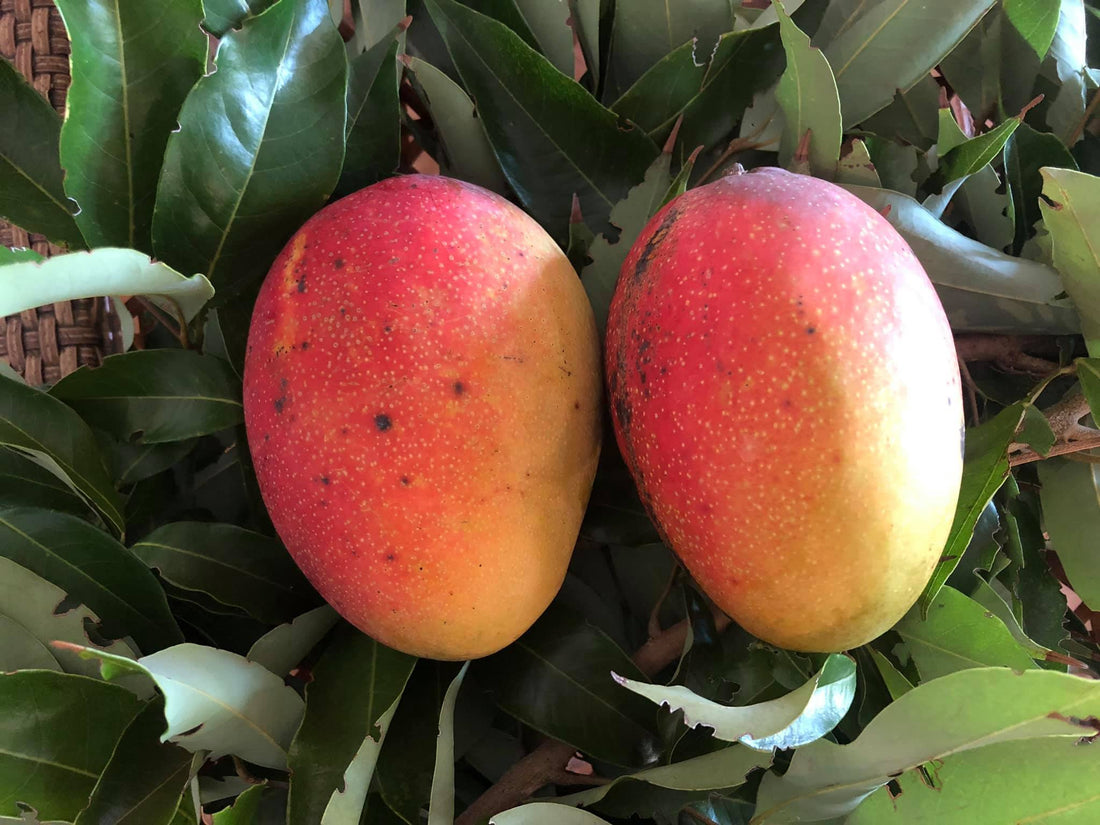
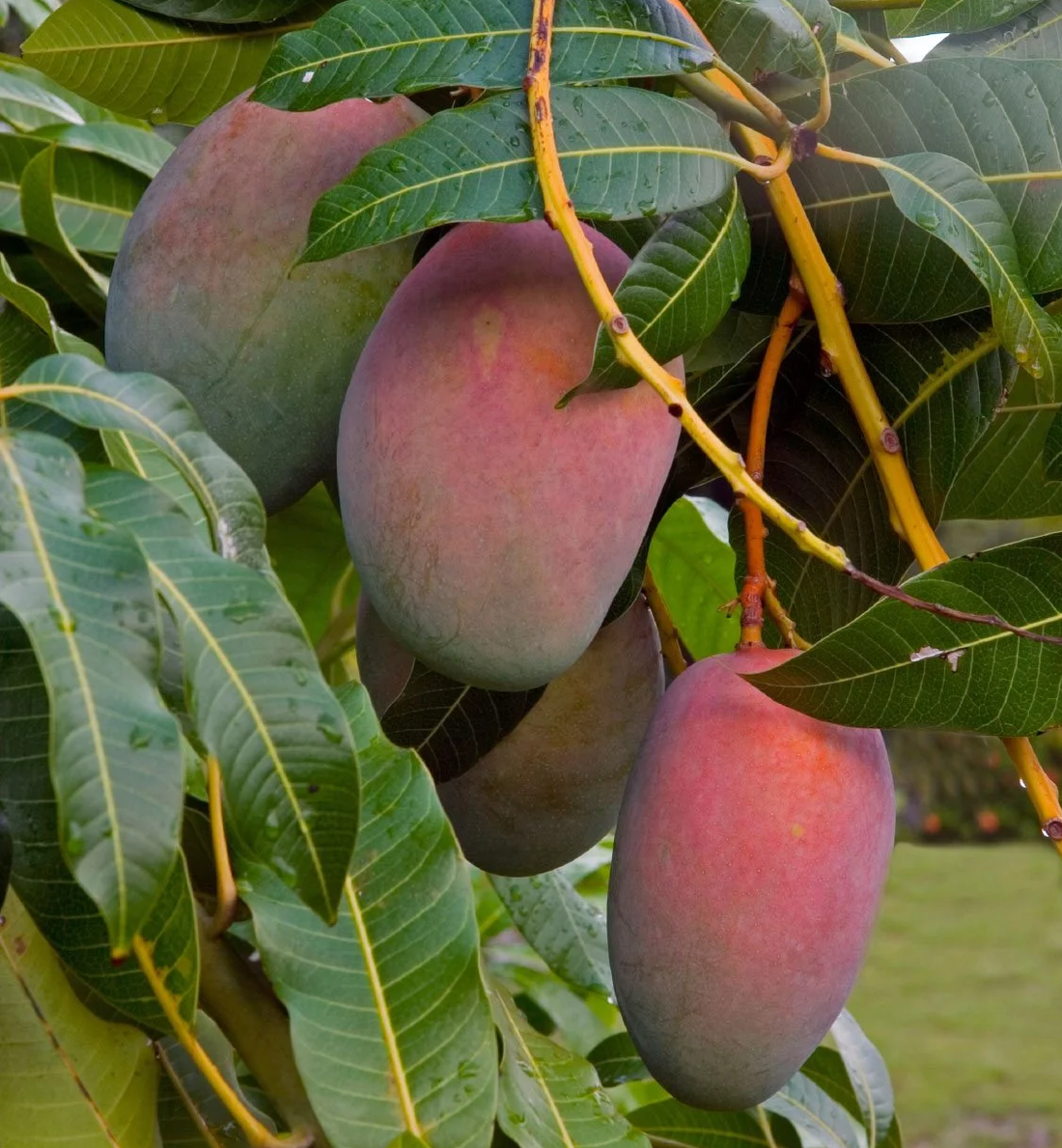 Glenn Mango Fruit Tree, Mangifera indicaFruit Tree, Glenn
Glenn Mango Fruit Tree, Mangifera indicaFruit Tree, Glenn- Regular price
-
$129.00 $695.00 - Regular price
-
$129.00 - Sale price
-
$129.00 $695.00
-
Alphonso Mango Fruit Tree, Mangifera indica
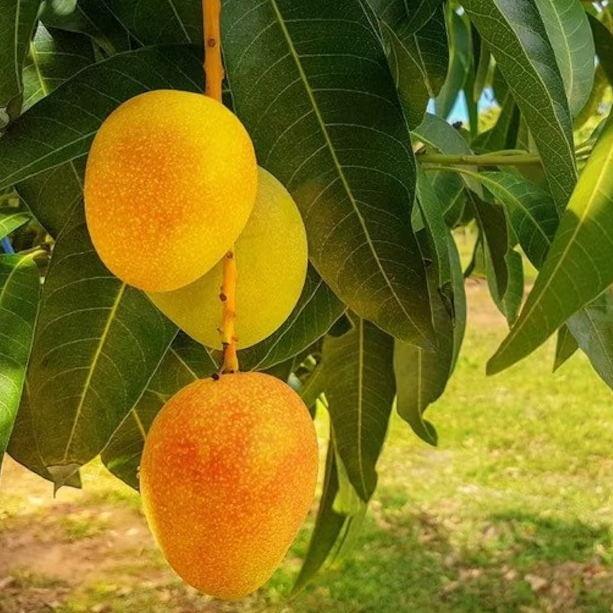
 Alphonso Mango Fruit Tree, Mangifera indicaFruit Trees
Alphonso Mango Fruit Tree, Mangifera indicaFruit Trees- Regular price
-
$129.00 $425.00 - Regular price
-
$149.00 - Sale price
-
$129.00 $425.00
-
Haden Mango Fruit Tree, Mangifera indica
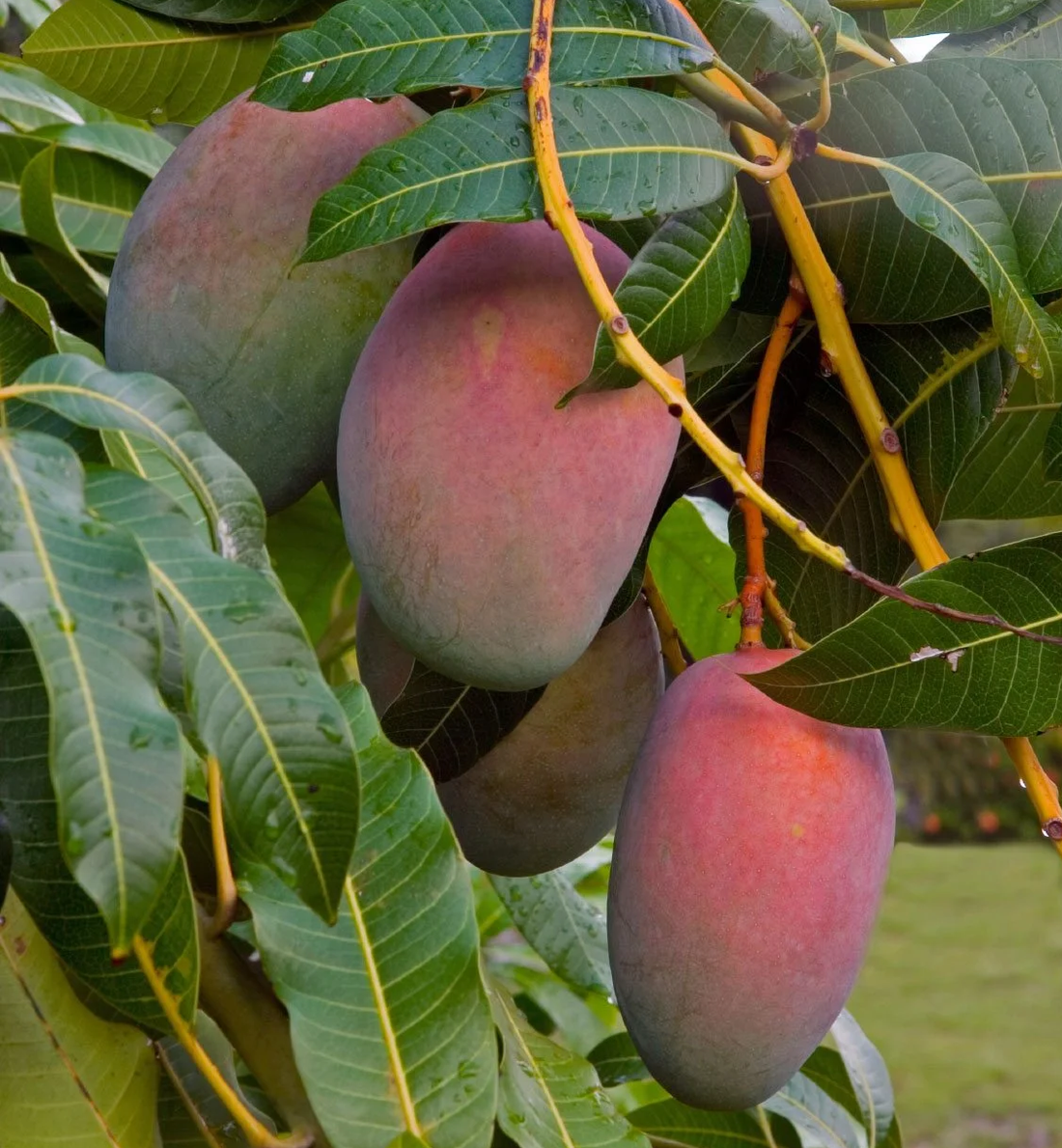
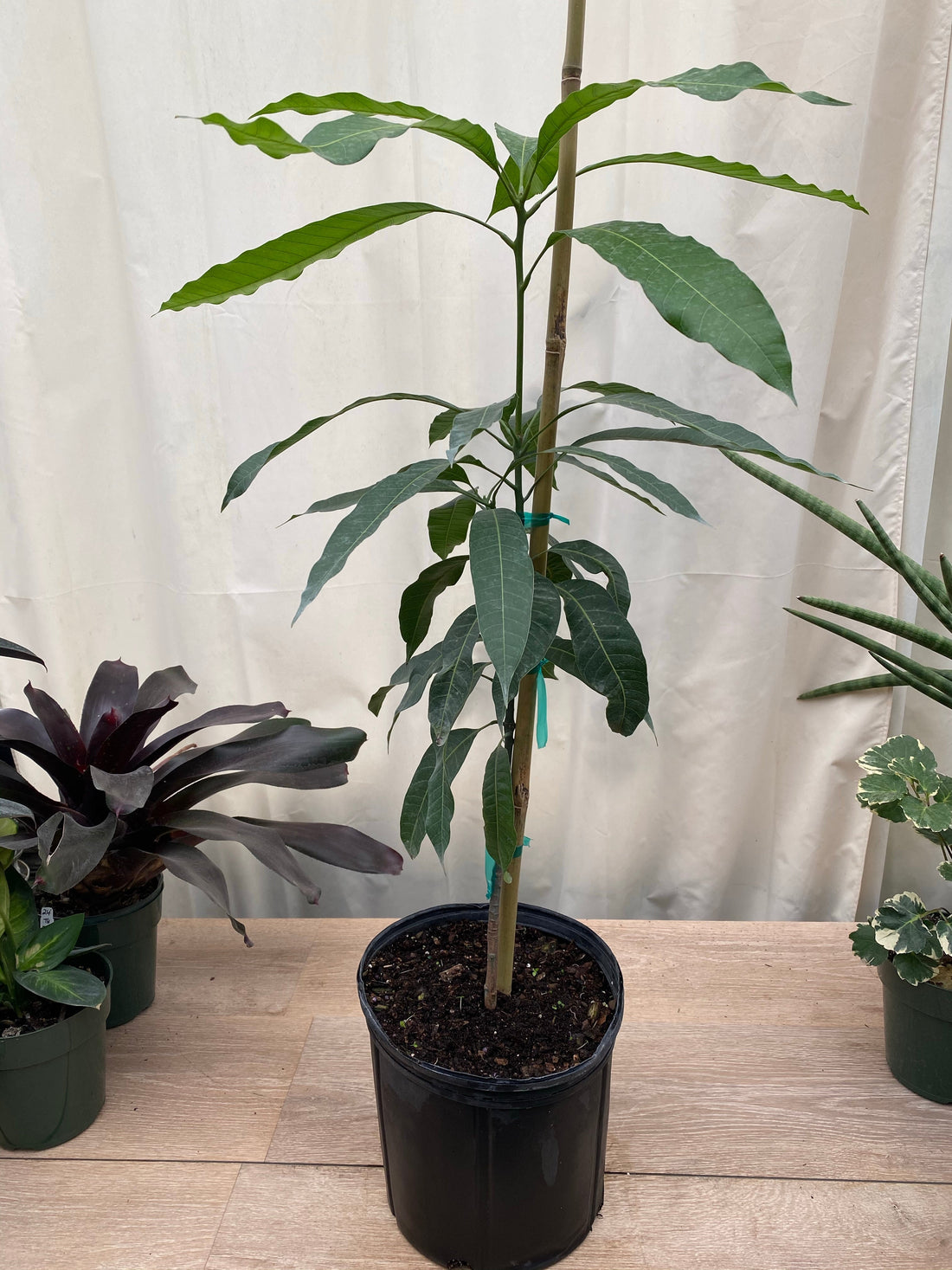 Haden Mango Fruit Tree, Mangifera indicaHouse Plants
Haden Mango Fruit Tree, Mangifera indicaHouse Plants- Regular price
-
$105.00 $375.00 - Regular price
-
$105.00 - Sale price
-
$105.00 $375.00
-
Tommy Atkins Mango Fruit Tree, Mangifera indica
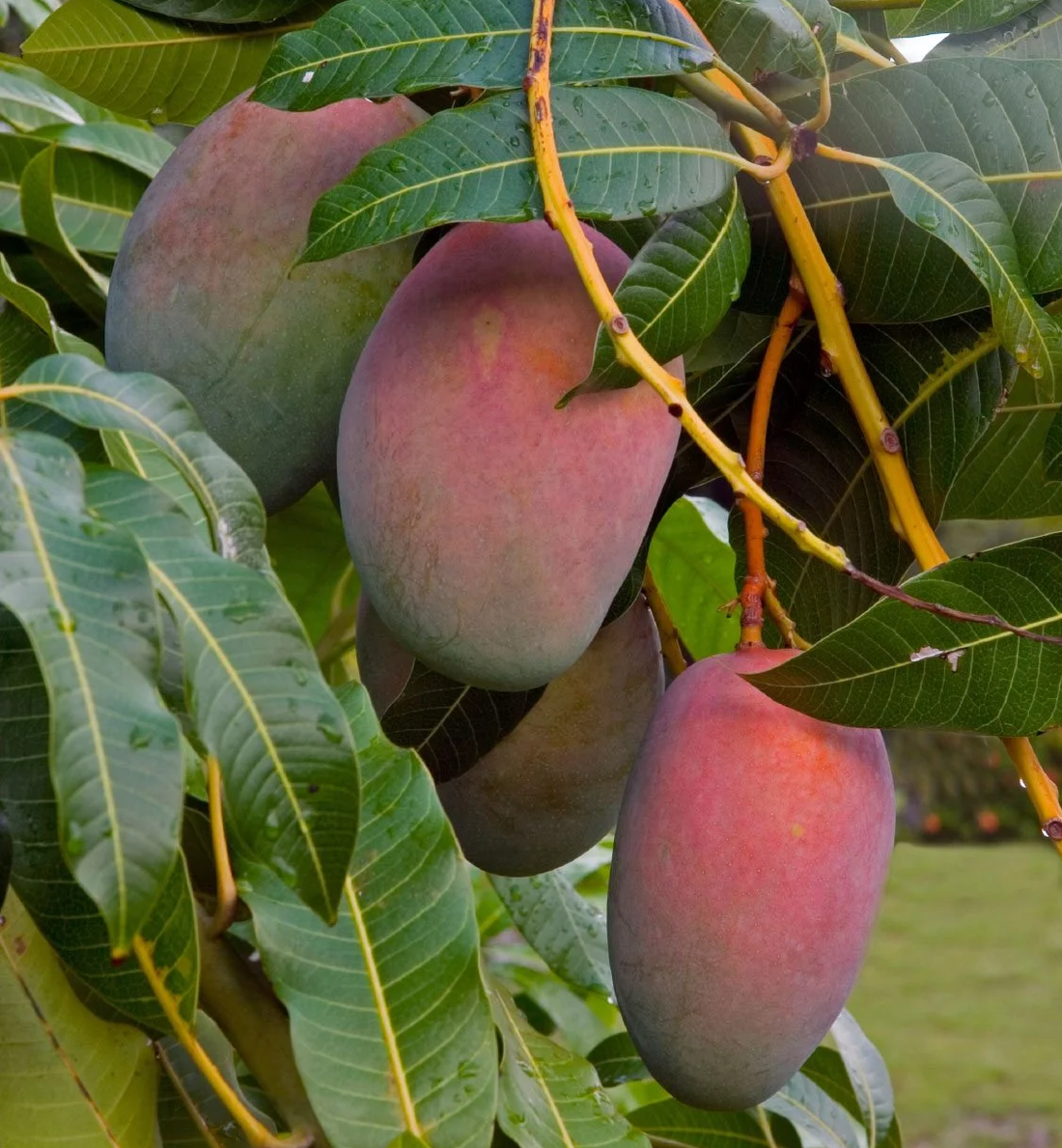
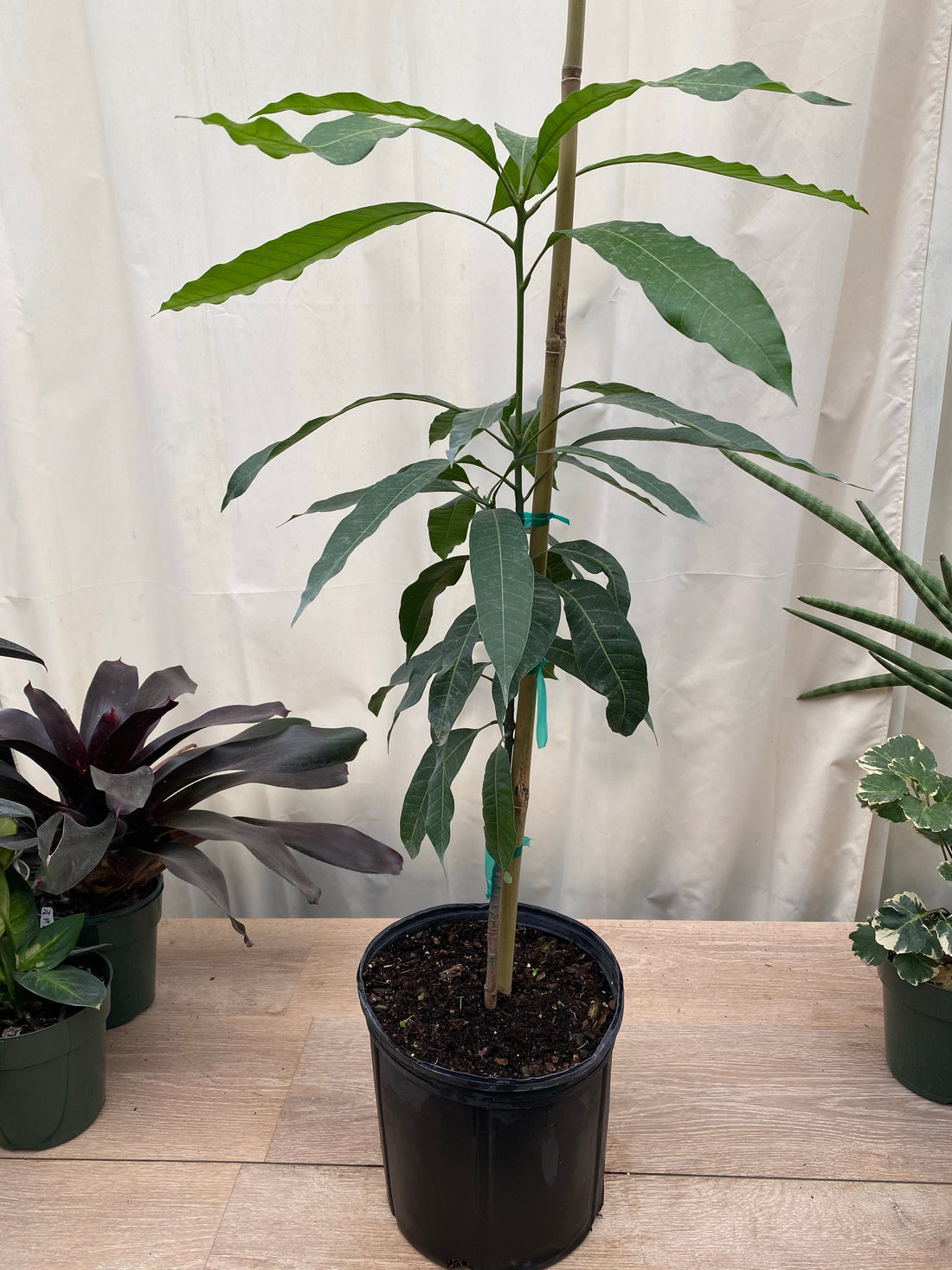 Tommy Atkins Mango Fruit Tree, Mangifera indicaHouse Plants
Tommy Atkins Mango Fruit Tree, Mangifera indicaHouse Plants- Regular price
-
From
$139.00 - Regular price
-
$159.00 - Sale price
-
From
$139.00
Description:
The mango fruit tree, scientifically known as Mangifera indica, is a tropical tree that is widely cultivated for its delicious and juicy mango fruits. Here are some key facts about mango fruit trees:
Origin and Distribution: Mango trees are native to South Asia, specifically India, Myanmar (Burma), and Bangladesh. However, they are now grown in many tropical and subtropical regions around the world, including Southeast Asia, Africa, the Caribbean, Central and South America, and parts of the United States, such as Florida and California.
Appearance: Mango trees are evergreen and can grow quite large, reaching heights of 30 to 100 feet (9 to 30 meters) depending on the variety. They have a dense and spreading canopy with long, glossy, dark green leaves that provide shade. The trees produce small, fragrant flowers in clusters called inflorescences.
Fruit: The mango fruit is oval-shaped or slightly elongated, with a smooth or slightly wrinkled skin that can range in color from green to yellow, red, or even purple, depending on the variety. The flesh is juicy, sweet, and aromatic, with a unique tropical flavor. Mangoes come in various sizes, ranging from small "champagne" mangoes to large "Kent" or "Keitt" varieties.
Varieties: There are hundreds of mango varieties, each with its own flavor, texture, and appearance. Some popular varieties include Alphonso, Tommy Atkins, Ataulfo (also known as Honey or Champagne mango), Kent, Keitt, and Haden. Each variety has its own unique characteristics and is preferred in different regions.
Cultivation: Mango trees require a warm tropical or subtropical climate to thrive. They prefer temperatures between 70°F and 90°F (21°C to 32°C) and need well-draining soil. They are typically propagated through grafting or seedlings. Mango trees can take several years to bear fruit, with the first harvest typically occurring after 3 to 6 years.
Uses: Mangoes are primarily grown for their delicious fruits, which are enjoyed fresh, juiced, or used in a variety of culinary creations such as smoothies, salads, desserts, and chutneys. Mango trees also provide shade and are valued for their ornamental beauty in gardens and landscapes.
If you're considering growing a mango fruit tree, make sure to research the specific requirements for your climate and choose a suitable variety. With proper care and patience, you can enjoy the bountiful harvest of this tropical delight.
Origin and Distribution: Mango trees are native to South Asia, specifically India, Myanmar (Burma), and Bangladesh. However, they are now grown in many tropical and subtropical regions around the world, including Southeast Asia, Africa, the Caribbean, Central and South America, and parts of the United States, such as Florida and California.
Appearance: Mango trees are evergreen and can grow quite large, reaching heights of 30 to 100 feet (9 to 30 meters) depending on the variety. They have a dense and spreading canopy with long, glossy, dark green leaves that provide shade. The trees produce small, fragrant flowers in clusters called inflorescences.
Fruit: The mango fruit is oval-shaped or slightly elongated, with a smooth or slightly wrinkled skin that can range in color from green to yellow, red, or even purple, depending on the variety. The flesh is juicy, sweet, and aromatic, with a unique tropical flavor. Mangoes come in various sizes, ranging from small "champagne" mangoes to large "Kent" or "Keitt" varieties.
Varieties: There are hundreds of mango varieties, each with its own flavor, texture, and appearance. Some popular varieties include Alphonso, Tommy Atkins, Ataulfo (also known as Honey or Champagne mango), Kent, Keitt, and Haden. Each variety has its own unique characteristics and is preferred in different regions.
Cultivation: Mango trees require a warm tropical or subtropical climate to thrive. They prefer temperatures between 70°F and 90°F (21°C to 32°C) and need well-draining soil. They are typically propagated through grafting or seedlings. Mango trees can take several years to bear fruit, with the first harvest typically occurring after 3 to 6 years.
Uses: Mangoes are primarily grown for their delicious fruits, which are enjoyed fresh, juiced, or used in a variety of culinary creations such as smoothies, salads, desserts, and chutneys. Mango trees also provide shade and are valued for their ornamental beauty in gardens and landscapes.
If you're considering growing a mango fruit tree, make sure to research the specific requirements for your climate and choose a suitable variety. With proper care and patience, you can enjoy the bountiful harvest of this tropical delight.


















